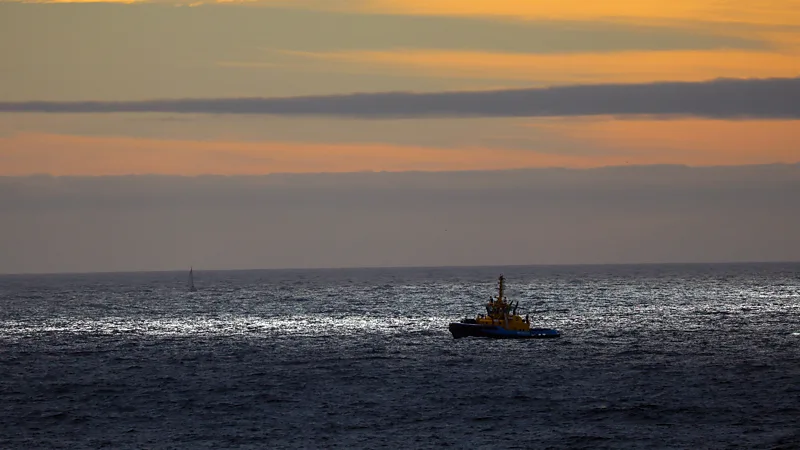Tsunamis are notoriously hard to detect in the open ocean, often reaching coastlines before warnings can be issued. But in July 2025, a groundbreaking event changed that.
A massive 8.8 magnitude earthquake struck off Russia’s Kamchatka Peninsula, generating tsunami waves racing at over 400 mph (644 km/h). Communities across the Pacific were immediately on high alert, with more than two million people evacuating in Japan alone.
real time.What made this event unique was the way scientists detected the tsunami. The enormous ocean movement created ripples in the upper atmosphere, disrupting satellite navigation signals. This unusual effect allowed researchers to track the tsunami almost in real-time.
Coincidentally, NASA had just integrated artificial intelligence into its disaster alert system, Guardian, the day before. Within 20 minutes of the earthquake, the system flagged the incoming waves toward Hawaii—30 to 40 minutes before they arrived. Luckily, the tsunami caused minimal damage there, with waves reaching only 5 feet (1.7 meters).
The Guardian system proved that by monitoring subtle changes in satellite radio signals caused by atmospheric disturbances, it’s possible to detect tsunamis—and potentially volcanic eruptions, rocket launches, or underground nuclear tests—well before they strike.
Jeffrey Anderson, a data scientist at the US National Center for Atmospheric Research, admits that when he first heard the idea, it sounded “kind of crazy.” Today, it’s a powerful tool for saving lives.
#TsunamiDetection #NASA #AI #DisasterAlert #EarthScience #GuardianSystem #NaturalDisasters #EarlyWarning #AtmosphericScience #KamchatkaEarthquake





